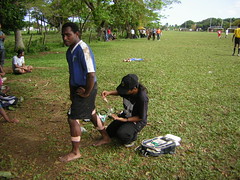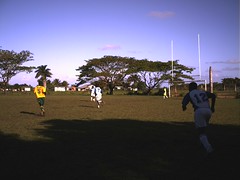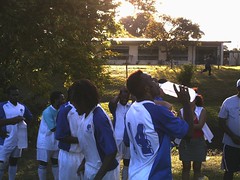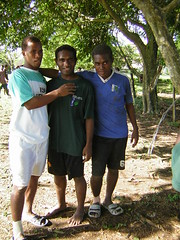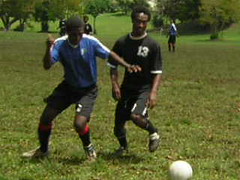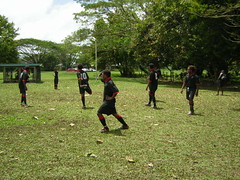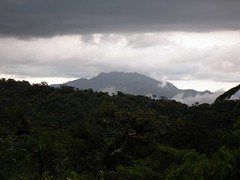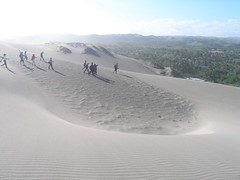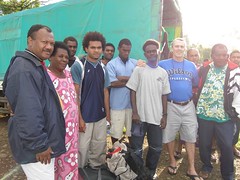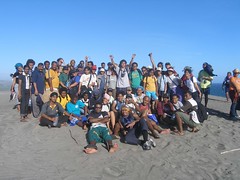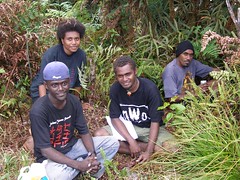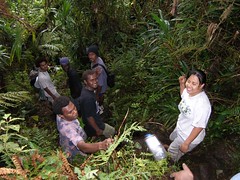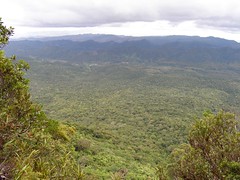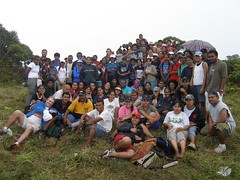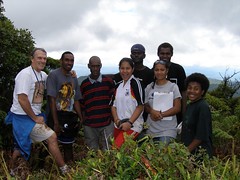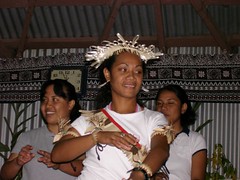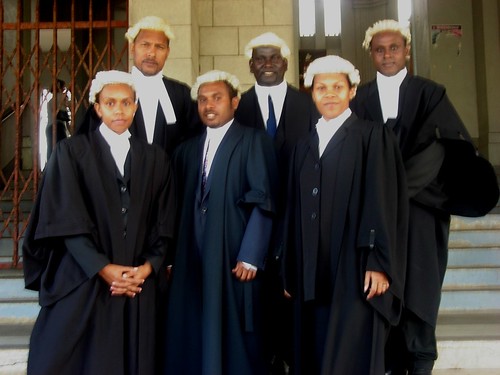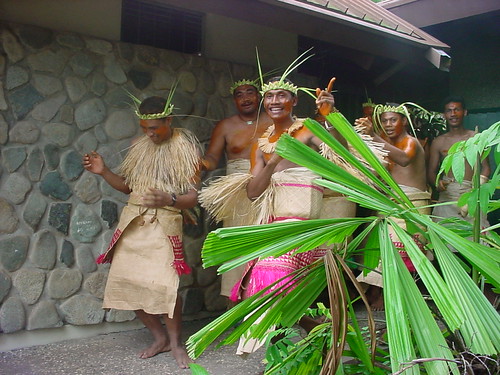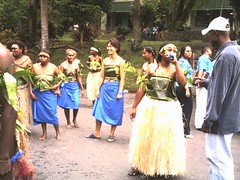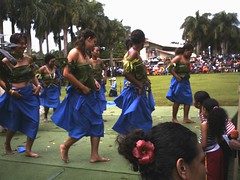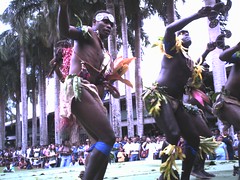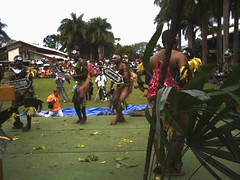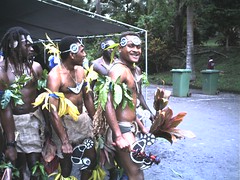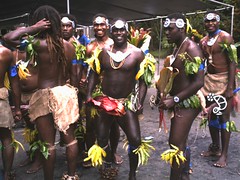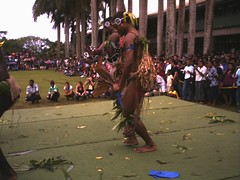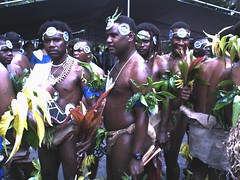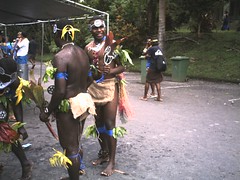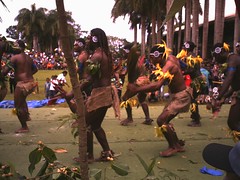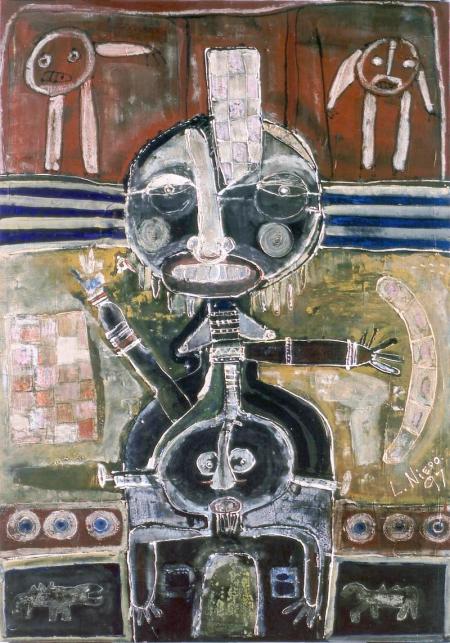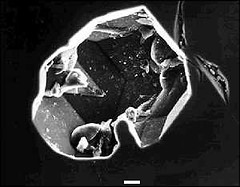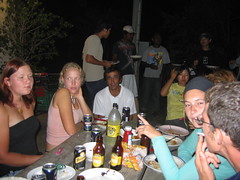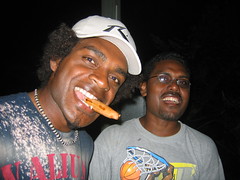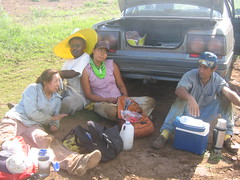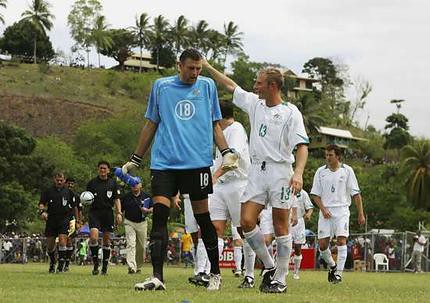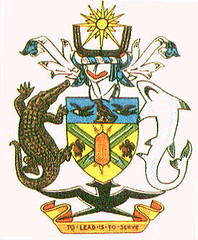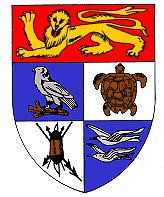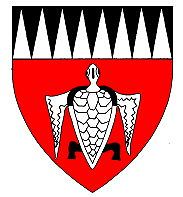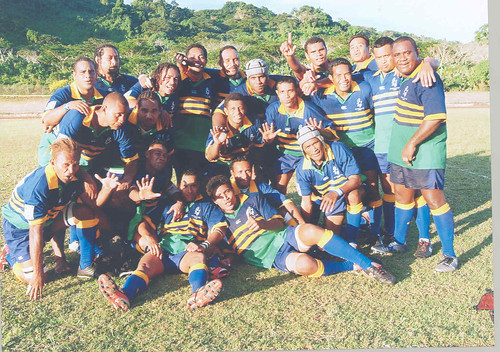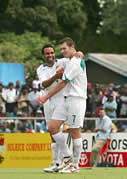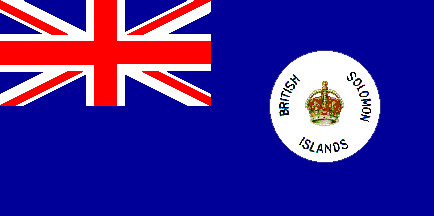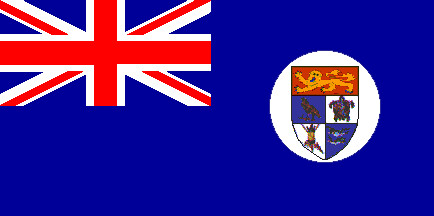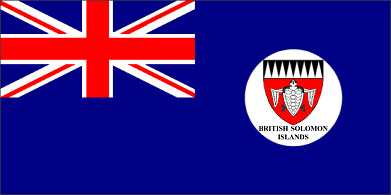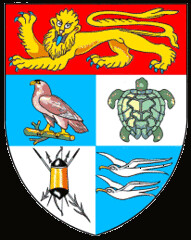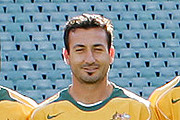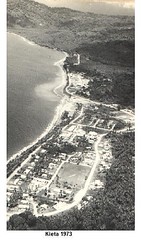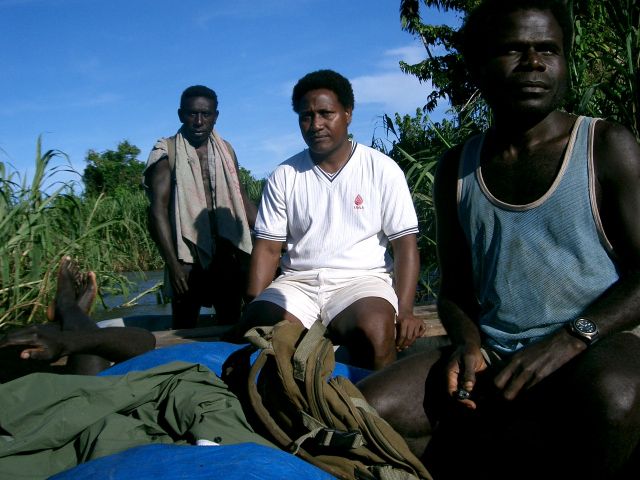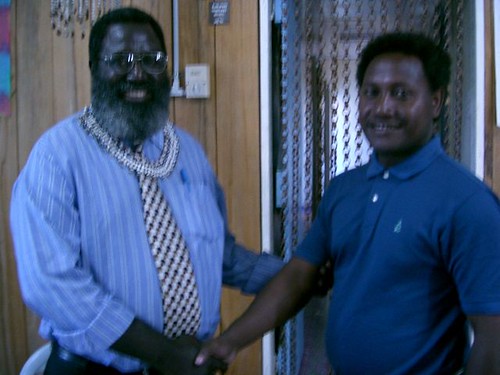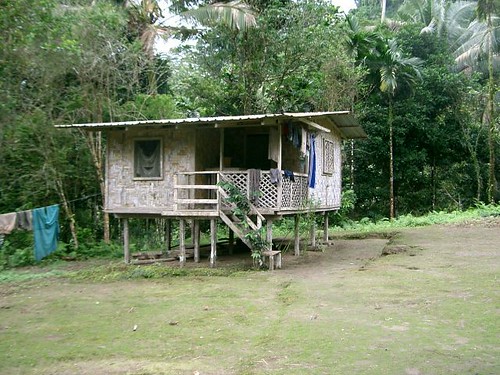GRAHAM OGILVY
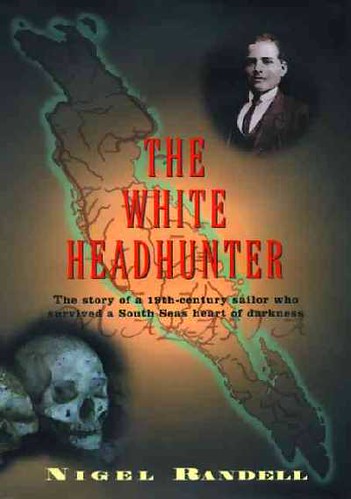
HE RETURNED home to a hero’s welcome and fleeting celebrity in the best Orcadian seafaring tradition.
When young Jack Renton arrived back in 19th century Stromness, he had beguiling tales to tell of astonishing adventures in the faraway Pacific.
Renton amazed Victorian society with his account of how he was shanghaied, captured by South Seas headhunters, and - against the odds - survived for eight years in "the most savage place on Earth" before escaping on a slave ship to civilisation.
The spear he brought back with him still has pride of place in an Orkney collection and a gruesome souvenir, a necklace of 64 human teeth, lies in the National Museum of Scotland.
But new research has revealed a grim truth that Renton could not admit and Victorian society did not want to hear: he survived his encounter with the famously brutal tribes of the remote Solomon Islands by taking human heads.
The sanitised picture Renton drew of himself has been destroyed as a result of the oral history of the Solomon Islanders, who today still talk about the white-skinned headhunter who lived in their midst and became a revered warrior.
According to Mike McCoy, an Australian biologist who lived among the modern-day islanders for 26 years: "There is no doubt that Renton became a headhunter. He would have had to for his street credibility. The islanders recall even now what a strong warrior he was."
Renton’s story is to be retold in a new book, The White Headhunter, by a researcher who spent several years collecting an oral history of the people of Malaita, an island in the Solomon group, east of New Guinea, where the Scotsman arrived as a captive in the 1868.
Like many 19th century Scottish islanders, Renton took to the sea to make his living and he was just 20 when he was shanghai-ed along with four other sailors in San Francisco. Their subsequent decision to escape in an open boat ended in disaster. The men drifted for about 40 days before being cast ashore on a coast shunned by all mariners of the time because of its ferocious headhunting tribes.
Three of his emaciated companions died from the effects of their ocean ordeal but the fourth was clubbed to death by one tribe of Solomon Islands natives. Renton had a stroke of luck, being captured by a rival tribe that had previously held a white man prisoner.
He was taken to their home island of Sulufou, stripped of his clothes and possessions but kept alive by the chief initially for his "novelty value".
When he demonstrated his willingness to go native, while enhancing his value by passing on the net-making, sailing, fishing and gardening skills he had learned as a boy in Orkney, his captors grew to accept him.
It was a process eased by his closeness to the chief of the tribe who eventually adopted him, describing him as his "first born son". He protected Renton from bullying by young warriors until he had mastered the language and he remains revered on the island to this day.
"It is amazing," said McCoy. "The paramount chief has a huge blown-up photographic portrait of Renton in his hut. When I showed people another picture of Renton from the Australian national library, one old woman reached out her hand to touch it and murmured ‘Jackie, Jackie.’ It was unbelievable and so moving."
But the Orcadian’s involvement with his new hosts did not stop at teaching them farming and fishing skills. The tribe, known as the ‘salt-water people’, lived on a tiny, artificial island built over five centuries ago by resourceful Melanesians to escape the malaria-infested jungles of the principal island of Malaita. They were perpetually at war with the ‘bush people’, cannibals who inhabited the main island, and Renton frequently took part in head-hunting expeditions.
McCoy said: "Renton was accepted into male society and lived in the men’s long house. He apparently killed several people from inland and, by his own admission, took heads. His warrior prowess and closeness to the salt-water people chief, Kabou, led to the bush people putting a bounty on his head. When he went to his favourite spots - one was an idyllic-looking natural swimming pool on the main island - he always had an armed guard to protect him."
Renton became a hero to the Malaitans and helped prepare them for their forthcoming inevitable collision with white ‘civilisation’. But after eight years of more or less permanent warfare, tit-for-tat raiding and headhunting, he grasped a rare opportunity for freedom. A ‘Blackbirder’, one of the dozens of South Seas slave-trading vessels, anchored at a safe distance offshore at Sulufou. Renton persuaded Kabou to allow him to contact the slave ship.
He wrote a poignant message in charcoal on a piece of driftwood that read: "John Renton. Please take me off to England."
The message, written in a childish hand, was taken out to the ‘Blackbirder’ by islanders and is now in the National Library of Australia.
"Malaitan oral history has it," revealed McCoy, "that Renton was picked up by his uncle, a Captain Mori. In fact, it was a Scottish ship’s captain called Murray. He left but promised to return to the island with goods to help the islanders build an easier life."
When he arrived back in Australia he was an instant celebrity and the subject of extensive newspaper coverage.
Throughout his disappearance Renton’s father had always believed that young Jack was still alive and had made several attempts to trace him. Young Renton’s return to Stromness was triumphant and is still commemorated in the town’s museum.
But Renton could not adjust back to the cold northern climate and began longing for the South Seas. He also had a promise to keep and within six months he was back on Sulufou with sheets of iron roofing, axes, hammers, barrels of nails and a grindstone that was used up until the 1960s.
With his language skills, Renton was also hired as part of the Queensland government’s campaign to regulate the ‘Blackbirders’, whose sickening human trade had become the scourge of the South Seas. It was during this period of his life, in 1878, that Renton met the fate he had so carefully tried to avoid. When his ship arrived at Aoba in the New Hebrides, en route to Australia, Renton, aged 30, and a colleague went ashore for fresh water. When they failed to return, a party was sent to investigate. They found the bodies of Renton and his companion - minus their heads.
"When the news got back to Sulufou," said McCoy, "the ’salt water people’ were furious. They formed a war party and demanded to be taken to the New Hebrides to wipe out the perpetrators. It was a measure of the esteem that Renton was held in and still is. His name will live forever in the folklore of the Malaitan people."
Photo adapted from Nigel Randells Book "The Whiteheadhunder".
